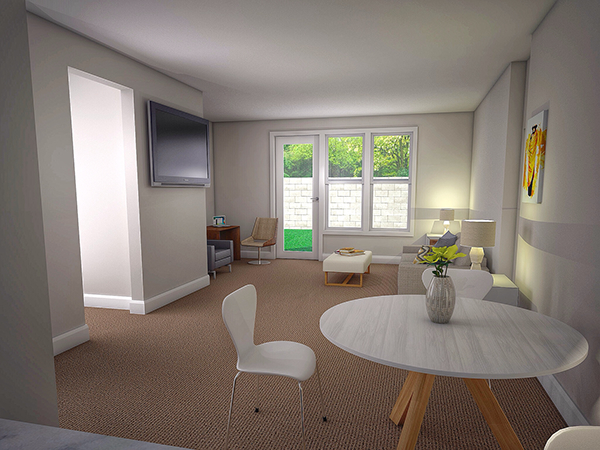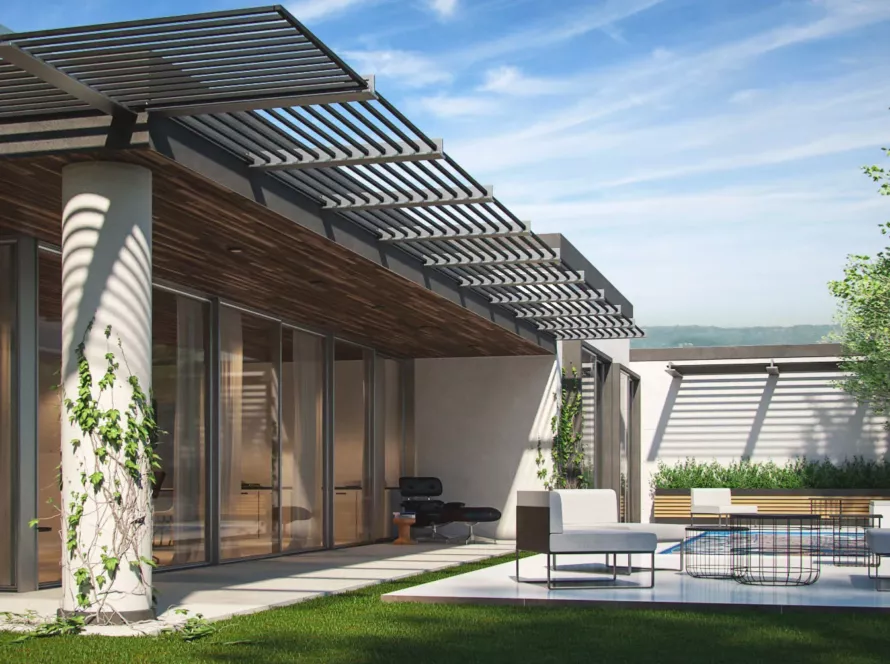Rendering resolution refers to the output image size of a 3D rendering or animation, typically defined by the number of pixels in the horizontal and vertical dimensions. A higher rendering resolution results in a more detailed and clearer image, but also requires more processing power and time to render. The standard resolutions for video and film production include 720p, 1080p, 2K, 4K, and 8K.
Understanding the Basics of Rendering Resolution
Rendering resolution refers to the number of pixels used to display an image or video on a screen. The higher the resolution, the more detail and clarity the image or video will have. The term “resolution” is commonly used in the context of computer graphics, animation, and video production.

Why Does Rendering Resolution Matter?
Rendering resolution matters because it affects the final quality and detail of the output image. A higher resolution image will contain more pixels and therefore display more detail, sharper edges, and smoother curves. In addition, higher resolution images are more suitable for large displays and projections, as well as for printing and high-quality visual media. However, rendering at a higher resolution requires more processing power and time, and may not be necessary for all uses. The choice of rendering resolution will depend on the specific needs and requirements of the project, such as the intended output format and display size, the available processing resources, and the desired level of detail and quality.
Another important aspect of rendering resolution is that it also affects the level of control that an artist or animator has over the final image. When working with a higher resolution image, the artist has more pixels to work with, allowing for greater precision in the final output. This is especially important for 3D animation and visual effects, where small details and subtle movements can greatly enhance the overall look and feel of the final image. On the other hand, rendering at a lower resolution can result in a loss of detail and quality, making it more difficult to achieve the desired results. Therefore, choosing the right rendering resolution is an important consideration in the production process of 3D animation and visual effects.
Different Types of Rendering Resolutions
There are several common resolutions used in the production of images and videos, including 720p, 1080p, and 4K.
720p refers to a resolution of 1280 x 720 pixels. It is commonly used for standard definition video content and is the minimum standard for many online video platforms.
1080p, also known as full HD, refers to a resolution of 1920 x 1080 pixels. It is a popular choice for high-definition video content and is the standard resolution for many home theater systems.
4K refers to a resolution of 3840 x 2160 pixels. It is the highest resolution currently available and offers four times the detail of 1080p. This resolution is commonly used in high-end production and is becoming more popular for home theaters.

Factors That Affect Rendering Resolution
Several factors can impact the rendering resolution of an image or video, including the following:
- Hardware: The quality of your computer or device’s graphics card, CPU, and RAM will play a significant role in determining the maximum rendering resolution you can achieve.
- Software: Different software programs may have different capabilities when it comes to rendering resolution. Some may allow you to render at 4K, while others may only support 720p.
- File size: The larger the file size, the more processing power and storage space you will need to render an image or video at a high resolution.
Tips for Improving Rendering Resolution
To achieve the best possible rendering resolution, there are several steps you can take, including the following:
- Upgrade your hardware: If your computer or device does not have the necessary hardware to render at a high resolution, consider upgrading to a newer model.
Choose the right software: Make sure you are using software that is capable of rendering at the resolution you desire. - Reduce file size: Minimize the size of your files by using file compression techniques or reducing the number of objects in your scene.
- Render in stages: Rather than rendering the entire image or video at once, consider rendering in stages to reduce the load on your computer or device.

Common Uses of Different Rendering Resolutions
Different rendering resolutions are used for various purposes, depending on the desired level of detail and the intended audience.
720p is commonly used for standard definition video content that is intended to be viewed on small screens, such as laptops and smartphones.
1080p is widely used for high-definition video content that is intended to be viewed on larger screens, such as televisions and computer monitors. This resolution is also suitable for online video content, such as YouTube videos and streaming services.
4K is primarily used for high-end production, such as feature films and commercial content. This resolution is intended to be viewed on large screens and offers an ultra-high level of detail and clarity.
The Future of Rendering Resolution
As technology continues to evolve, it is likely that higher rendering resolutions will become more accessible and more widely used. In the future, 8K resolution may become the new standard, offering even more detail and clarity than 4K. Additionally, advancements in virtual and augmented reality may also lead to a greater demand for high-resolution rendering in these fields.
Choosing the Right Rendering Resolution for Your Project
When choosing the rendering resolution for your project, it is essential to consider your intended audience and the intended viewing environment. If you are creating content that will be viewed on small screens, such as smartphones, 720p may be sufficient. However, if you are creating content for a high-end production or for large screens, such as television, 4K may be the better choice.
It is also essential to consider the hardware and software you have available and the processing power required to render at the desired resolution. If your computer or device does not have the necessary hardware or software, you may need to upgrade or choose a lower resolution to achieve the desired result.
Conclusion
In conclusion, rendering resolution is an essential factor in determining the quality of an image or video. By understanding the different types of resolutions, the factors that impact rendering resolution, and the steps you can take to improve it, you can ensure that your final product is of the highest quality possible.





